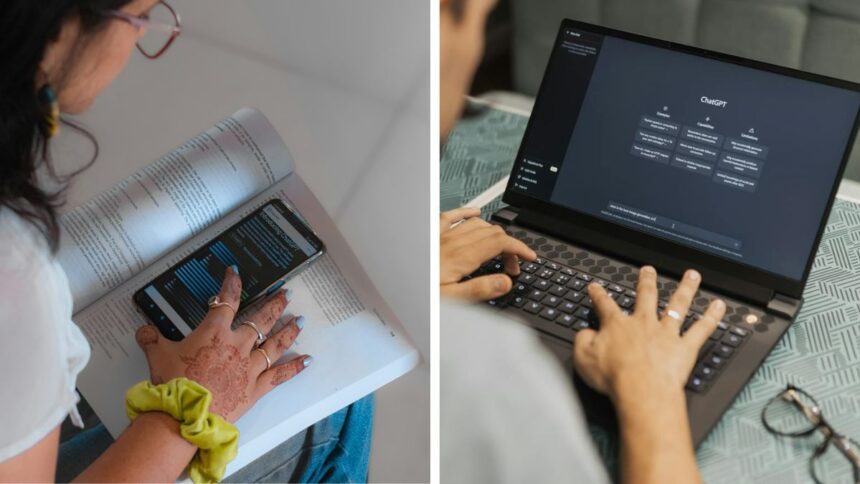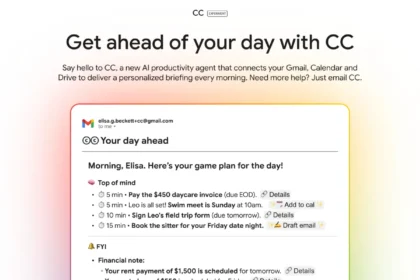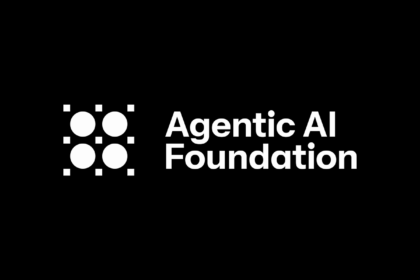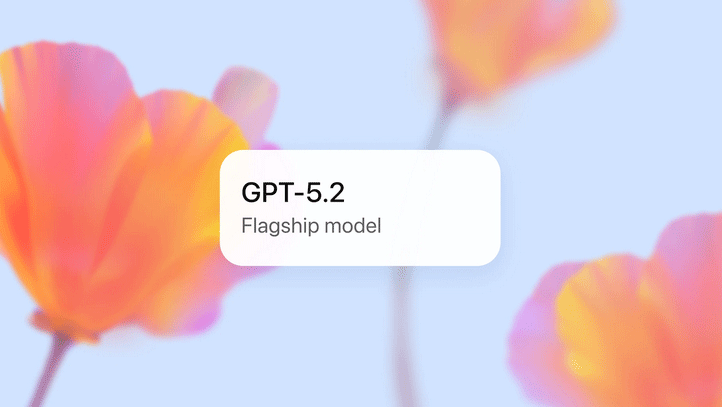ChatGPT has quickly become one of the most widely used AI tools in the world. According to a recent report by researchers from OpenAI, the National Bureau of Economic Research, Duke University, and Harvard University, the chatbot now has around 700 million active users each week.
Together, they send about 2.5 billion messages per day, which translates to roughly 29,000 messages every second.
But what’s more interesting than the numbers is how people are actually using ChatGPT—and the findings may surprise you.
Personal Use Dominates Over Work
The study shows that 70% of ChatGPT interactions are related to personal life, while only 30% are connected to work or professional activities.
Researchers noted that the faster growth of non-work-related use suggests that generative AI isn’t just about productivity—it’s also about personal well-being, learning, and everyday support.
Most Popular Topics of ChatGPT Conversations
When analyzing the types of questions and requests users make, three main themes emerged:
- Practical Guidance
- Writing Assistance
- Information Searches
Together, these account for about 78% of all messages sent to the chatbot.
For work-related use, writing tasks dominate, making up 42% of professional queries. Interestingly, two-thirds of these writing requests involve editing or improving existing text, rather than generating content from scratch.
Other notable categories include:
- Computer Programming: 4.2% of total messages
- Personal Relationships & Reflection: 1.9% of total messages
How Users Interact: Asking vs. Doing
The researchers also broke down interactions into three main purposes:
- Asking – 49% of messages request advice, guidance, or information
- Doing – 40% ask ChatGPT to carry out a task or process
- Expressing – 1% are open-ended or unclear in intent
This highlights ChatGPT’s role not just as a productivity tool, but also as a digital advisor for decision-making and exploration.
Who Uses ChatGPT? Demographics at a Glance
The report also shared insights into the demographics of ChatGPT’s massive user base:
- Gender: In January 2024, 37% of users had typically feminine names. By July 2025, that share grew to 52%.
- Age: People aged 19–25 make up 46% of all users, with most leaning toward personal rather than professional use.
- Geography: The fastest growth is happening in low- and middle-income countries with per-capita GDP between $10,000 and $40,000.
- Education: Among work-related users, 46% hold a bachelor’s degree and 48% have postgraduate education.
- Occupation: Higher-income professionals are more likely to use ChatGPT in work settings.
Productivity and Knowledge Work
In professional contexts, ChatGPT is often used as a consultant or research assistant rather than a direct task executor. The report suggests that this boosts productivity by helping professionals make better, faster decisions—especially in knowledge-intensive jobs where the quality of choices matters as much as efficiency.
The findings show that ChatGPT is more than just a tool for coding or writing at work—it’s becoming an everyday companion for millions worldwide. From answering personal questions to assisting with professional decision-making, the chatbot continues to shape how people learn, solve problems, and interact with technology.
As AI adoption expands, especially in emerging economies, ChatGPT’s role in both personal well-being and workplace productivity is set to grow even further.











